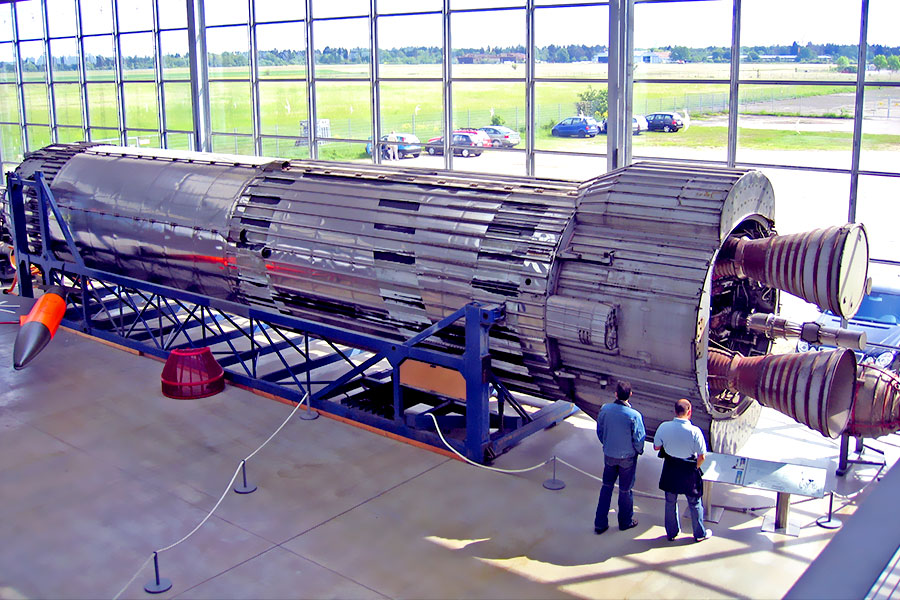UK Space Industry: The early years
25th Feb 2020
The first half of the 20th century was the starting point of humanity’s space exploration efforts. The battle between Soviet and American space technology at that time was referred to as the “space race,” and the whole period was marked by launching satellites, animals, and even people into space. The UK tried to keep up with world leaders and actively developed its own space industry, working on a variety of UK space programme initiatives.
Ariel
The first British space programme was launched in 1952 and focused on the development of the country’s space potential. Its main emphasis was on research and commercial initiatives. At that time, the British government did not plan to create its own corps of astronauts or to finance the International Space Station.
In 1959, Britain introduced a satellite launch programme, which became the main focus of the
early 1960s. A series of research satellites, Ariel, was launched within its scope.
The first Ariel was launched into orbit in 1962. But the most iconic in this series was Ariel-3, which was developed entirely in the UK. The space department of the Royal Aircraft Plant was responsible for its development, while the British Aircraft Corporation was responsible for the manufacture. Ariel-3 entered orbit five years after the UK space programme launched.
By the mid-1970s, the UK commercial satellite industry had started to create larger and more powerful facilities, which allowed it to establish itself in the satellite market.
Skynet
By 1960, the USA and the USSR were actively using satellites for military intelligence. Considering their experience, Britain started working on its own military satellite Skynet. The main goal of this British space programme was to provide secure encrypted data for the British armed forces.
Two satellites were launched within the Skynet-1 programme. The first one went into space on
November 22, 1969. However, in less than a year, it went out of use. The second spacecraft was launched next year.
The Skynet programme exists up to this day and provides strategic communications services to the
Armed Forces of Great Britain and NATO.
To date, Skynet is the most expensive British space programme. It, however, has nothing to do with the
civilian space programme and remains a military initiative.
Waverider
Trying to keep up with the world leaders, Britain started working on its own programme of manned space flights in the 1960s. British scientists were actively involved in the construction of a re-entry capsule vehicle during this period.
The work on this concept began in 1958. The developed vehicle looked like a pyramid and could accommodate two astronauts. Waverider goals were not limited to research purposes: the UK planned to further use this capsule for placing satellites.
The British Blue Streak rocket was used to launch the device up to 1000 km high. The first manned flight was planned for 1965. However, the military canceled this initiative for the sake of a more promising UK space programme called Black Knight. Later on, new launcher models were designed under the Black Knight initiative.
The last rocket to be sent into orbit under the UK Space programme was the Black Arrow, which was launched from Australia in 1971, after which the UK abandoned their space efforts.
The Black Arrow rocket was recently recovered from the desert in Australia by a Scottish launch company, Skyrora, based in Edinburgh. It’s exact location is unknown, but it has been seen on display outside the Scottish Parliament to celebrate its repatriation.






Thank you for your comment! It will be visible on the site after moderation.